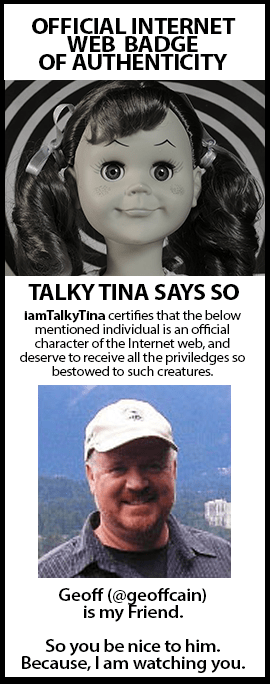| Loans (Photo credit: zingbot) |
Daniel De Vise at The Washington Post reported that student loan debt is now at “$870 billion nationally, surpassing the nation’s outstanding balance on auto loans ($730 billion) and credit cards ($693 billion).” This is according to the report “Grading Student Loans,” a source that De Vise refers to as “a scholarly blog post published by the economists at the New York Fed.” The cost of education has far outstripped the rise in the cost of living and the rising cost of healthcare. And yet, despite the fact that there are free solutions to the textbook part of the equation, educators are slow to adopt them. Open textbooks are free, openly licensed textbooks that are electronically available to students at no cost, and available to students in hard-copy for the cost of printing. They are also editable by the instructors.
There are major implementations of open education resources and textbooks, organizations dedicated to their creation, grants and initiatives for hosting and support, but there are still many educators out there who do not know about open textbooks. Many of the common questions about open education resources and open textbooks have been answered, but apparently not widely publicized. Some of the perceptions of OERs – that they are hard to find, of low quality, not peer-reviewed, etc. are out-dated views. Lets take a quick look at some of these questions
Where do I find them?
There are many sources of open textbooks. I really like the high quality collection of open textbooks that are being hosted by the Saylor Foundation. One can also go to College Open Textbooks which is a good portal to other sites. There are many other sites that are hubs to open textbook sites.
What kind of quality?
Before we discuss quality, I would urge you to read my posting on “The Myth of Commercial Textbook Reliability.” I don’t think that open textbooks should be held the same scrutiny as commercial textbooks – it needs to be more. We can do better as an academic community than the commercial businesses are doing now. We do not have to wait through a two year publication cycle to make corrections or amendments to open textbooks. We don’t have to produce or have the students buy “supplemental materials” because we can customize open textbooks for the needs of our particular students in our community.There are some very high quality open textbooks out there including the ones mentioned above from the Saylor Foundation.
But are they peer-reviewed?
There is a peer review process for open textbooks and it is evolving all the time. OpenStax is one provider of free, open source, peer reviewed text books, and there are organizations like College Open Textbooks are sponsoring peer review processes as well. And why can’t we develop a process for this on our campuses?
The rising cost of education is fueling innovation in education such as open eduction resources, open textbooks, and to some extent, MOOCs (massive online open courses). As educators, we have a moral obligation to remove barriers to education and to open up the opportunities that education can provide to everyone. Now is not the time to balk at change; change is coming whether we want it to or not. Innovation does not have to be in the hands of the corporations. MOOCs were not invented by corporations but by innovative educators. We can decide if we want that change to come from forward thinking educators who can shape innovation, or we can wait for crushing debts to make the changes for us.
Note: I have more links to OER and open textbook resources on my OER page.






